Are these the rarest French cars on the roads of Britain?
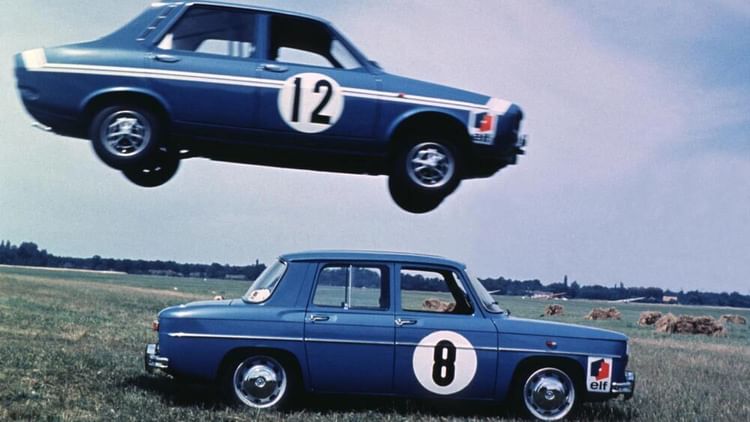
What's the rarest French car on the roads of Britain? It's a question we've been pondering here at PetrolBlog HQ. So we took a look.
Naturally, we were only interested in cars from the 1970s, 80s and 90s, so that was the first filter placed on the findings. And we were only interested in the cars enjoying active service, so have based the results on cars that are actually registered on the road.
Over the coming days and weeks, we will be rolling out a series of features based on the figures, but in the meantime, check out our list of the rarest French cars in Britain (with a distinct PetrolBlog flavour).
We should also point out that we can only go by the results on the How Many Left? website, which as we know, isn't always entirely accurate. For example, although the site lists the Talbot Tagora as extinct, we do know of at least one in regular use. Similarly, some of the Alpine / Renault-Alpine figures were a little suspect. So please, only take this as a guide.
Once you've been through the results, you'll begin to understand why we feel the figures are there or thereabouts.
28th - Peugeot 305
Number left: 97
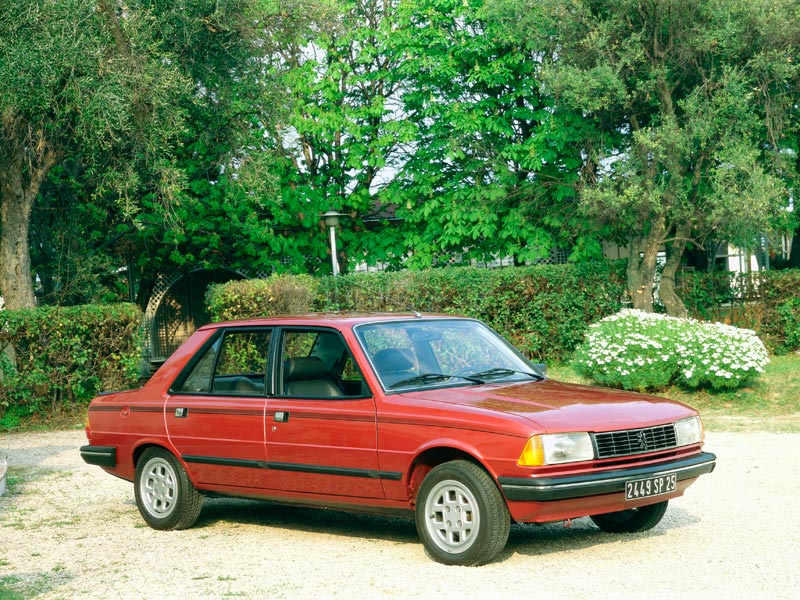
Two decades ago, there were more than 51,000 Peugeot 305s on the road, now there are fewer than 100. It dates from as far back as 1977, born at a time when Citroën had just been integrated into the PSA Group.
It's a rather elegant, Pininfarina-designed car, which is likely to face a fight for survival over the coming years. Rust and a lack of interest being its two worst enemies.
27th - Citroën GS/GSA
Number left: 84
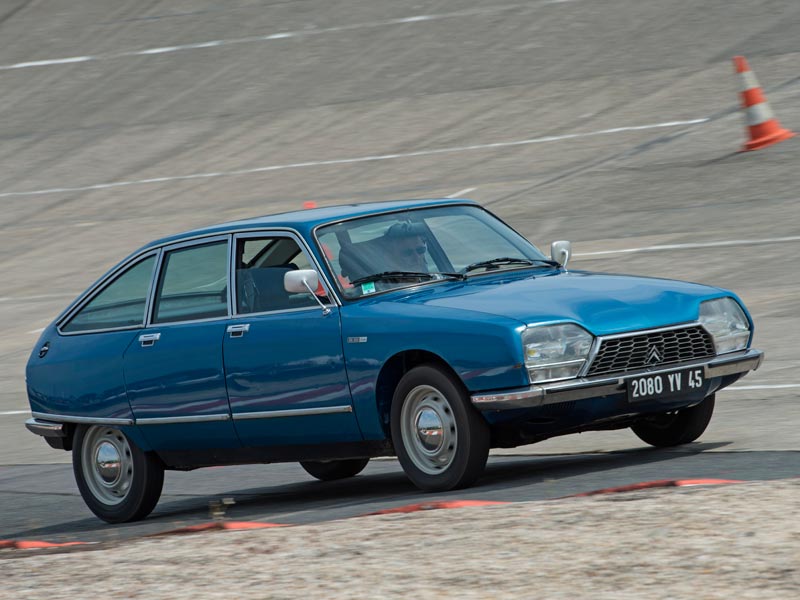
The Citroën GS isn't a car that suffers from a lack of interest, which hopefully means that the cars left on the road, will stay on the road.
Making its British debut at the 1971 London Motor Show, the GS was a technical masterpiece. Hydro-pneumatiuc suspension and brakes from the larger ID saloon were amongst the highlights. It also looked superb.
26th - Citroën Ami
Number left: 75
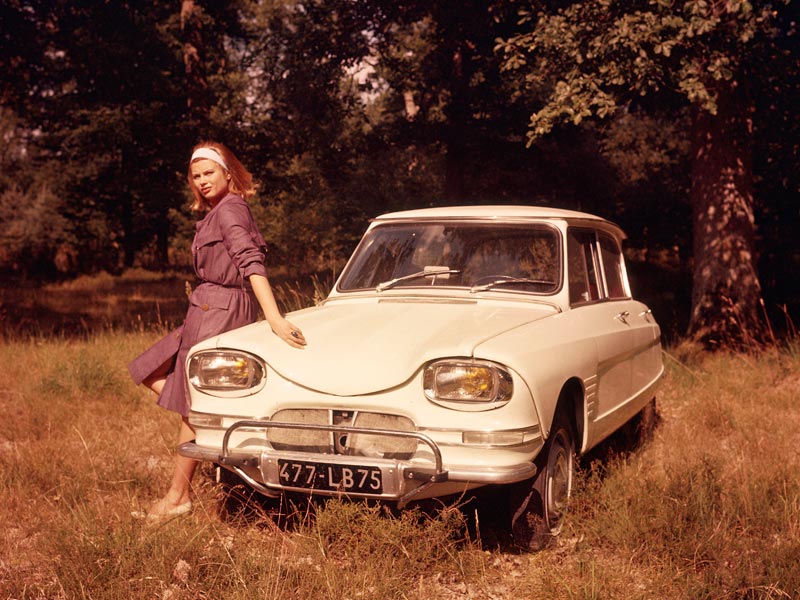
Citroën claimed that the Ami - introduced in 1961 - was "the world's most comfortable medium sized car". It was based on the Citroën 2CV, one of many attempts to widen the scope of the 2CV platform.
It single-handily defines Citroën's eccentricity of the time. An acquired taste, perhaps, which probably explains why the majority of press shots saw the car accompanied by a pretty French lady.
25th - Renault 12
Number left: 65
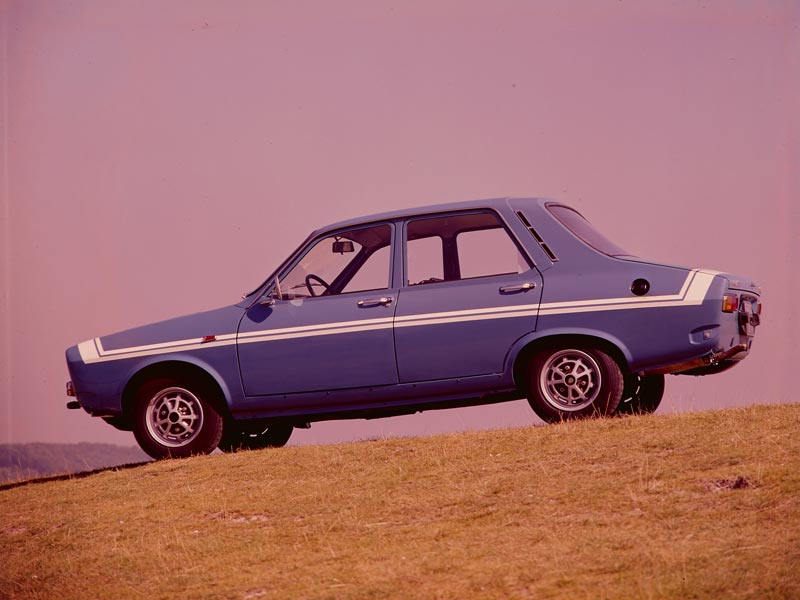
Although it's sad to see numbers of the Renault 12 declining so rapidly, it does give us the chance to use another photo of the simply wonderful Renault 12 Gordini. Just look at it - c'est magnifique!
Joint 23rd - Renault 16
Number left: 63
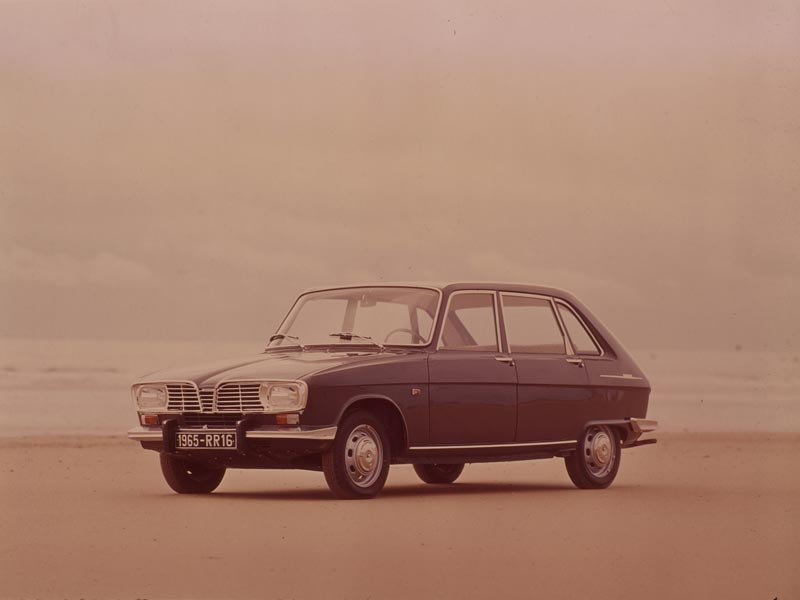
The Renault 16 is another car that deserves its place in the automotive hall of fame, making it rather sad that there are only 63 on the roads of Britain today. Renault's first large front-wheel drive car, masses of space and hatchback practicality.
It also rode superbly, encapsulating everything we love about French cars. Fortunately, numbers of the super-desirable 16TS are holding up well - 14 on the road at the last count.
Joint 23rd - Renault 15/17
Number left: 63
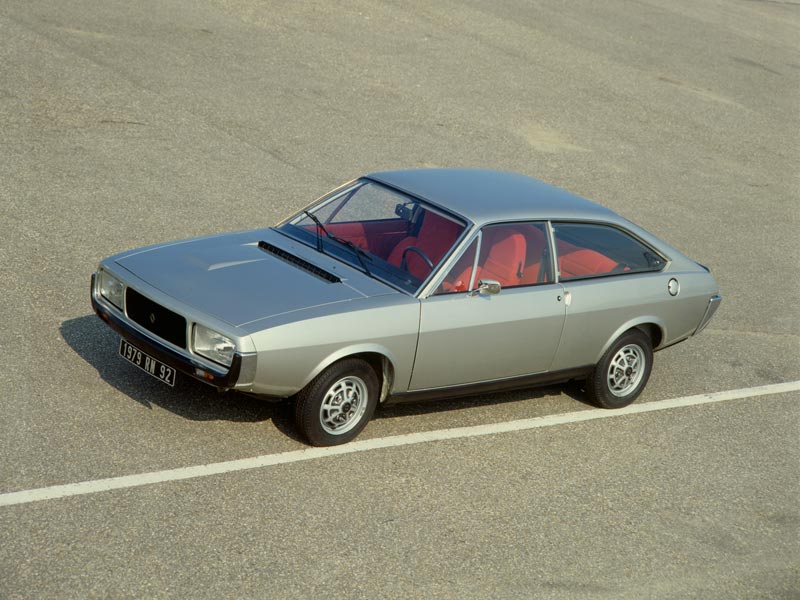
Before the Renault Fuego came the 15 and 17. The 15 - introduced in 1971 - was based on the Renault 12 and offered a choice of either a 1.3 or a 1.5-litre engine.
The 17 offered greater performance from a choice of either a 1.5 or two 1.6-litre engines. We'd take the 17 Gordini model, but sadly there are none left on the roads of Britain. The small glimmer of hope lies in the two that are apparently SORN.
22nd - Citroën SM
Number left: 58
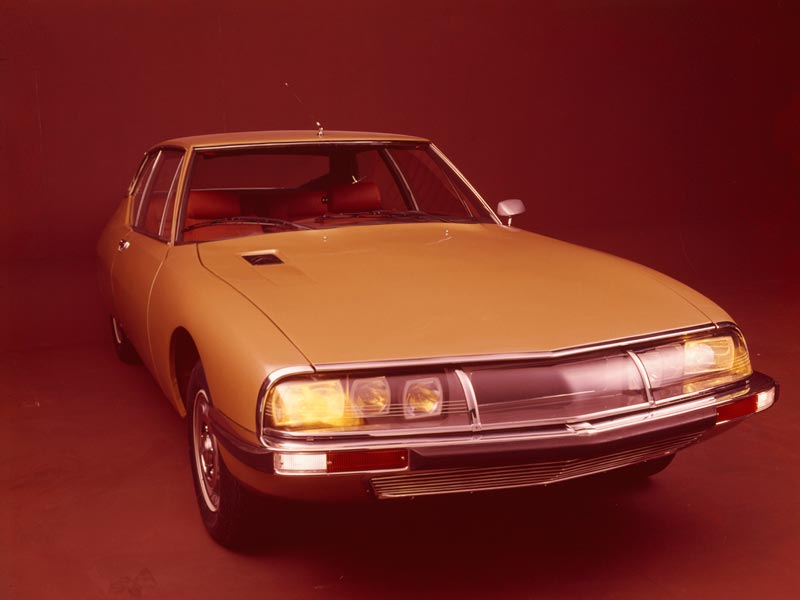
By far and away the most exotic car to feature on this list - the beautiful and the sublime, Citroën SM. Maserati-engined and Citroën-styled, the 16ft long SM was another technical tour de force.
Rarity and strong values will ensure that this number is unlikely to drop much further. One for the Dream Garage?
21st - Renault 8
Number left: 52
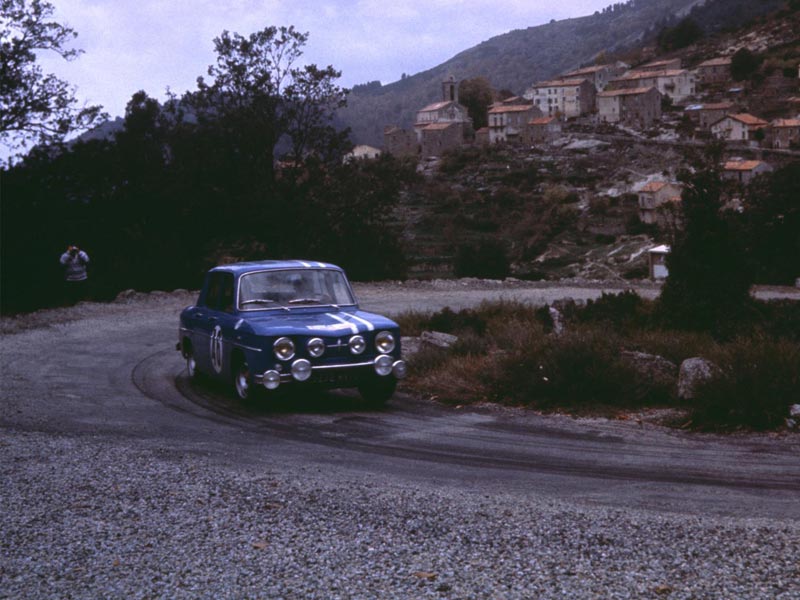
The Renault 8 just creeps into PetrolBlog's endangered list by virtue of a production life that just crept into the 1970s.
Whisper it, but sales in the UK didn't last beyond the sixties, but it did spawn the delightful Gordini, so it's welcome on PetrolBlog any day of the week.
20th - Renault 18
Number left: 46
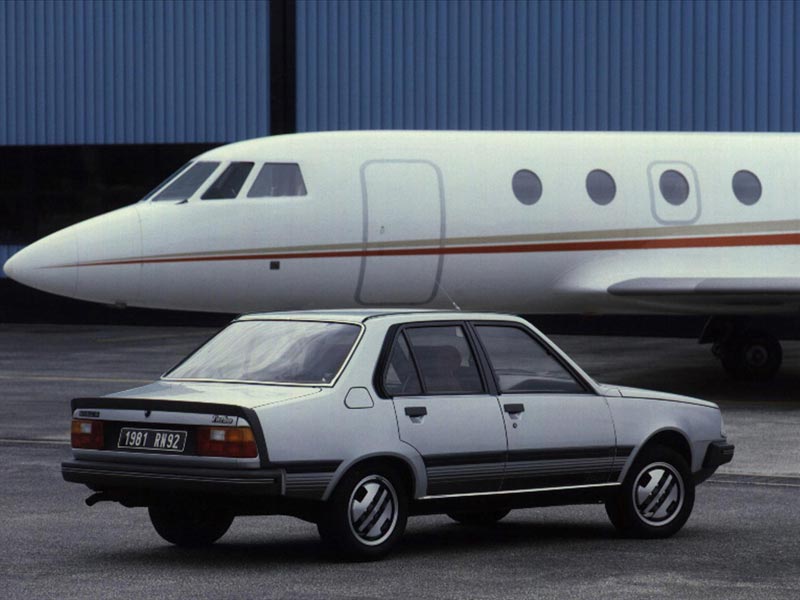
Like the aforementioned Peugeot 305, the Renault 18 is in danger of extinction, purely because of its tendency to rust, as well as a lack of interest in the UK.
But how can you not love the Renault 18? Just look at the Turbo edition, complete with awesome 1980s decals, boot spoiler and alloy wheels.
19th - Citroën Visa
Number left: 44
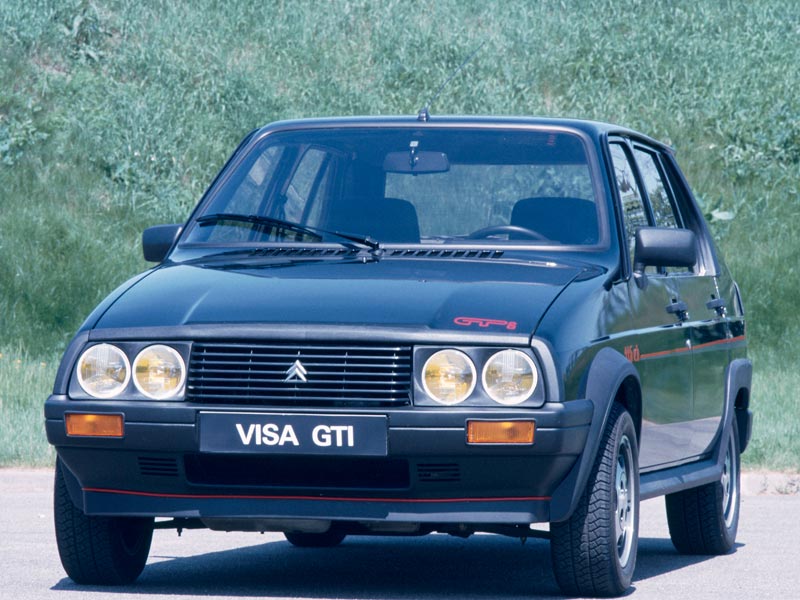
Around two million Citroën Visas were made, and yet there are only 44 on the roads of Britain today, with all variants - including the much-loved Visa GTi - now dropping into single figures.
Faces a real fight for survival, with tin-worm its biggest enemy. We'd take one in a heartbeat.
18th - Peugeot 404
Number left: 39
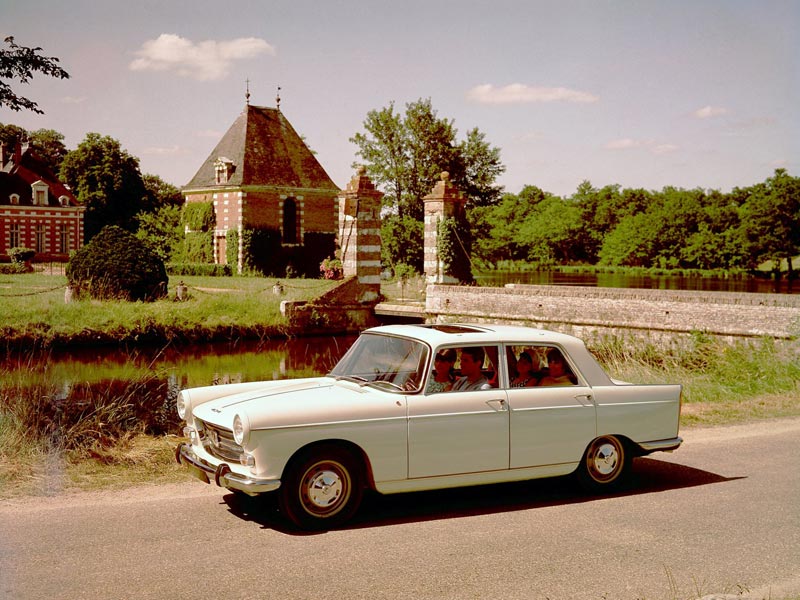
The Peugeot 404 may sit outside the realms of PetrolBlog, introduced - as it was - way back in 1960. But with production spanning two decades, it warrants a mention here.
Amazingly, the 404's Pininfarina design drew criticism for being too Italian - perhaps a reflection of Pininfarina's work with Fiat? Today it just looks sublime.
17th - Renault 20/30
Number left: 38
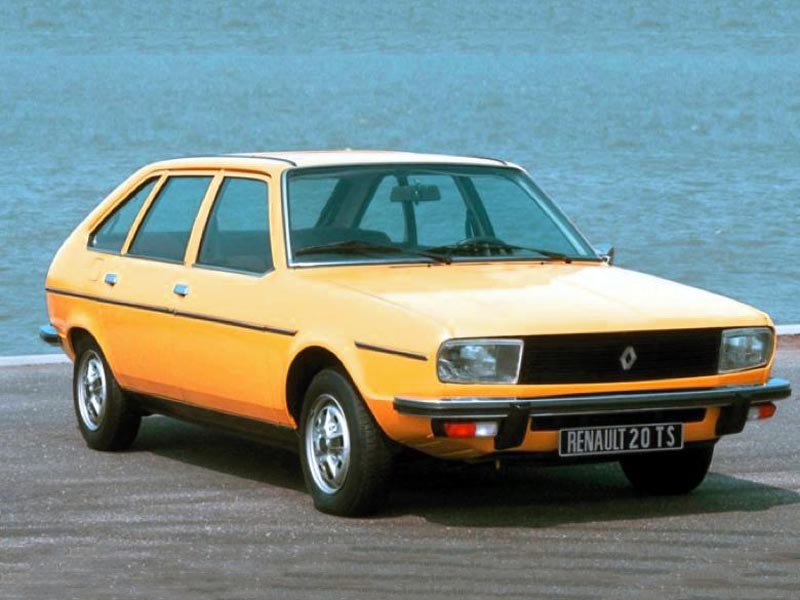
The Renault 30 was a five-door hatchback, long before such models became the 'in thing'. It was also powered by a silky 2.7-litre V6 engine, making it - at the time - Renault's biggest-engined post-war car.
The 20 arrived a year later. Both are now on the critical list.
16th - Renault 10/1100
Number left: 29
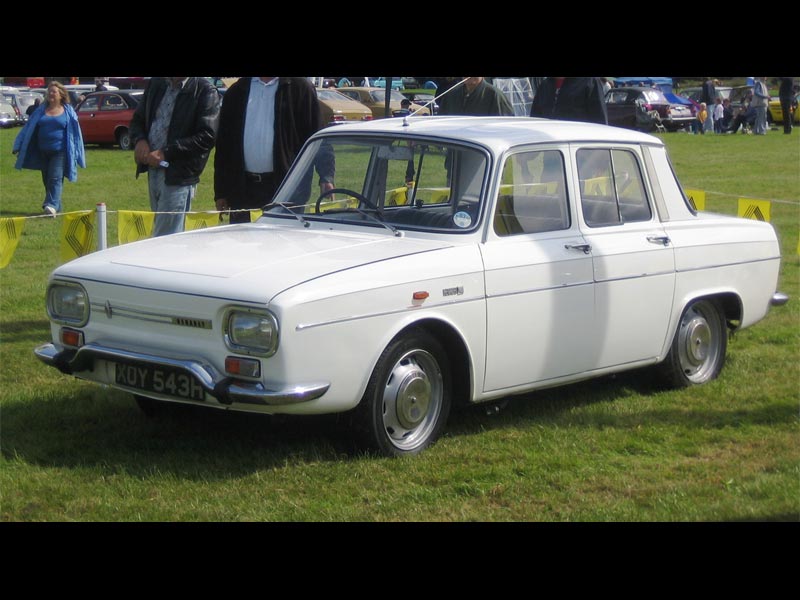
Introduced to extend the life of the Renault 8, the Renault 10 was rear-engined and rather plush.
It was replaced by the Renault 12, but for a while the 10 was produced alongside the 12 in France.
15th - Talbot/Chrysler Alpine
Number left: 28

The former Car of the Year was a rather smart offering from Chrysler France. Originally badged as a Chrysler Alpine, it would later become the Talbot Alpine when Chrysler sold out to Peugeot. Confused?
Very few people care for them these days, which is a shame, because in its day it was quite a novel product.
Joint 13th - Renault Fuego
Number left: 26
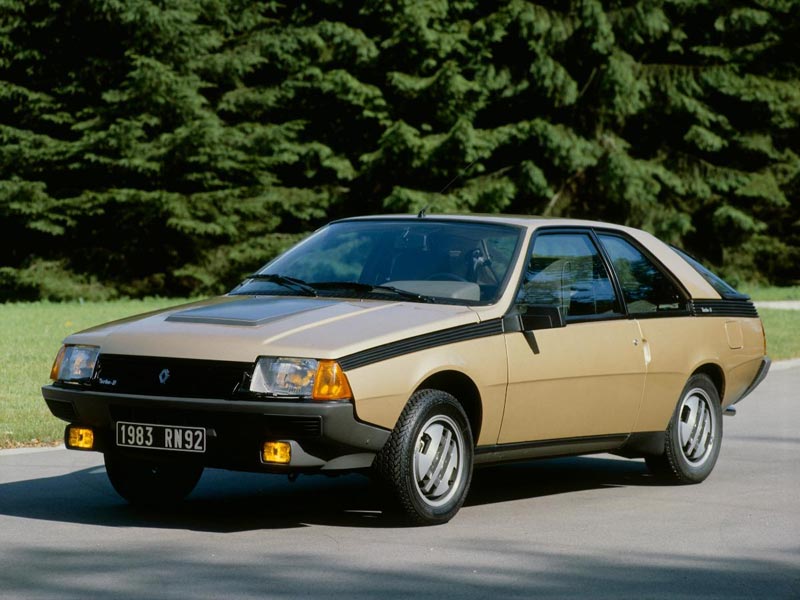
An original PetrolBlog classic - a 1980s hero. France's answer to the Ford Capri, it gave us the legendary Fuego Turbo, inviting its owners to enter the 'Turbo Zone'.
Those that did found the Fuego was somewhat lacking dynamically, but oh what a car. Yellow fog lights for the win.
Joint 13th - Talbot Samba
Number left: 26
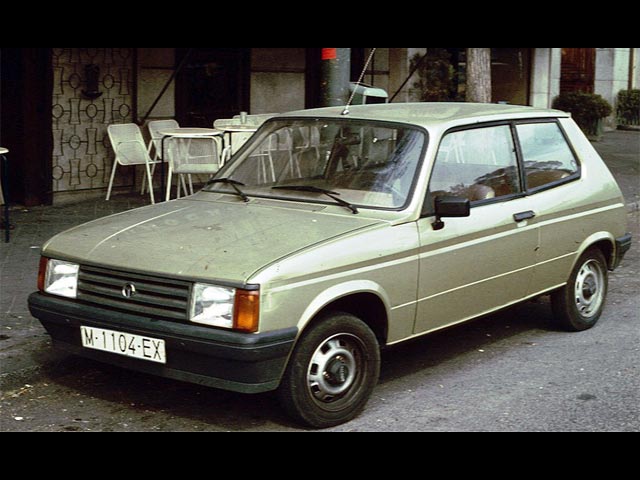
The Talbot Samba owes its life and its demise to Peugeot.
It was based on the Peugeot 104, but soon found itself out of favour when Peugeot realised what a runaway success the 205 would be. When it died, it took the Talbot brand with it.
There were rumours Peugeot would use the Talbot name as a budget brand. Peugeot's answer to Renault's Dacia. Who knows.
12th - Renault 6
Number left: 25
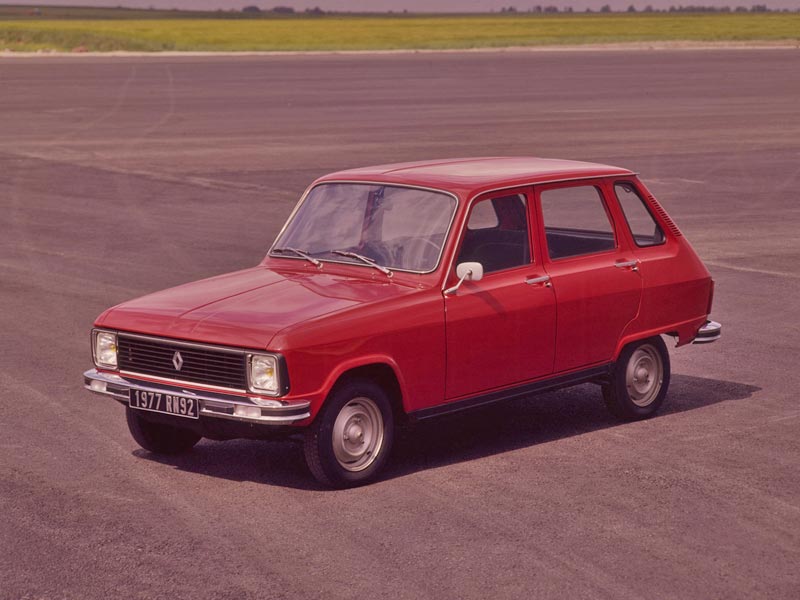
The more upmarket version of the Renault 4, using the same running gear and platform as Renault's 2CV rival. But whilst the Renault 4 went on to sell in excess of eight million units, the 6 only amassed nearly 1.8 million.
Just 25 left now.
11th - Alpine A610
Number left: 21
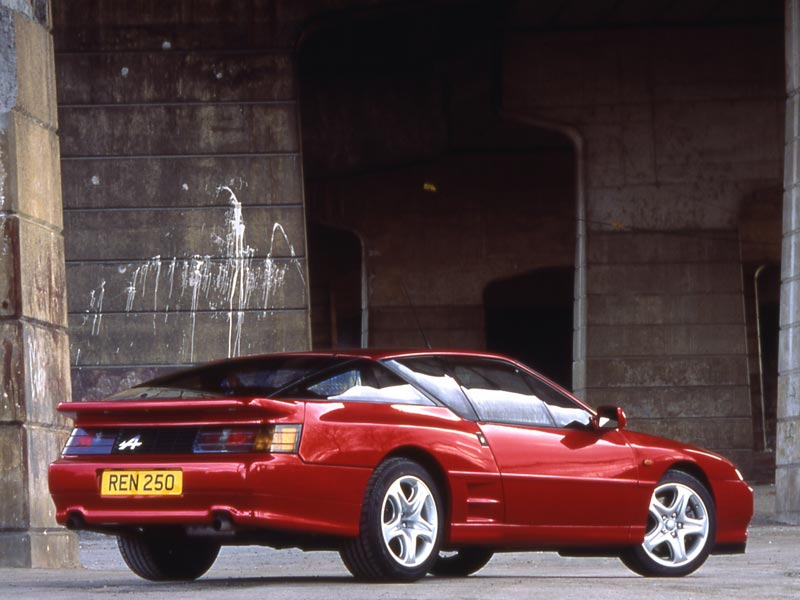
The facelift of the Renault GTA arrived in 1991, available in turbocharged 3.0-litre V6 form only.
Don't be fooled by the low number of A610s left, the car never sold in huge numbers over here.
Joint 9th - Simca 1100
Number left: 19
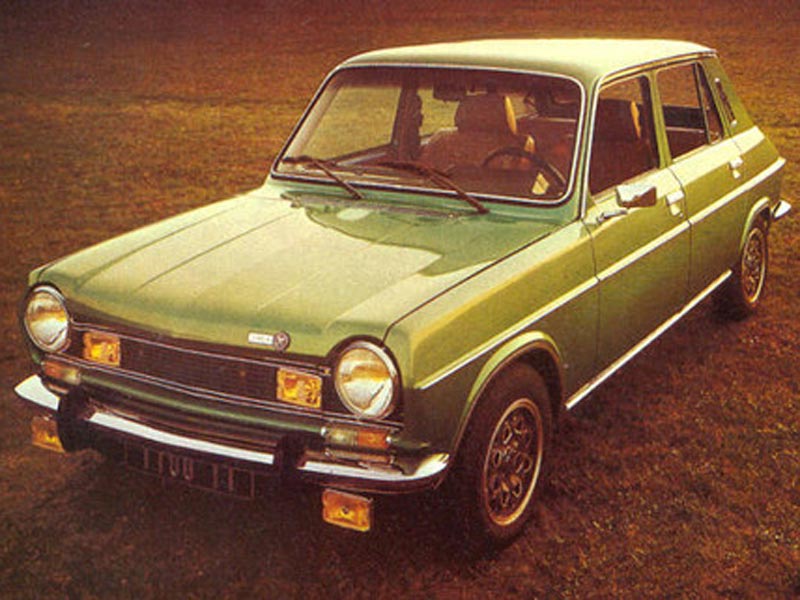
The first of three Simcas on the list, and perhaps the most PetrolBloggy of the trio. A pair of yellow fogs and a matching pair of yellow spots would help that.
Two million were sold, with buyers liking its practicality and range of engines. Rust has killed the majority of them. Shame, it's a pretty car.
Joint 9th - Simca 1000
Number left: 19
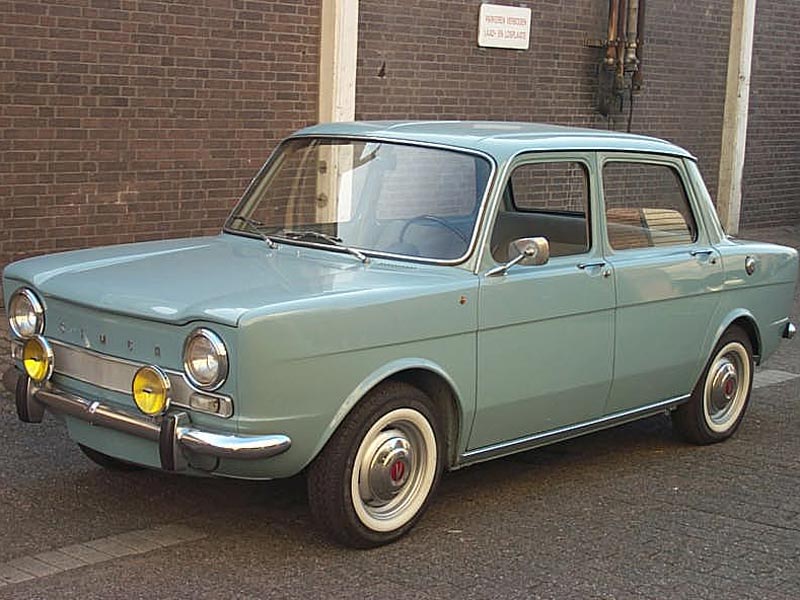
Designed in collaboration with Fiat, the Simca 1000 was rear-engined and rear-wheel drive. It's like a French Porsche 911. Of sorts.
Production spanned the 1960s and the 1970s. Once again, rust became its biggest enemy in the UK.
Joint 7th - Peugeot 104
Number left: 15
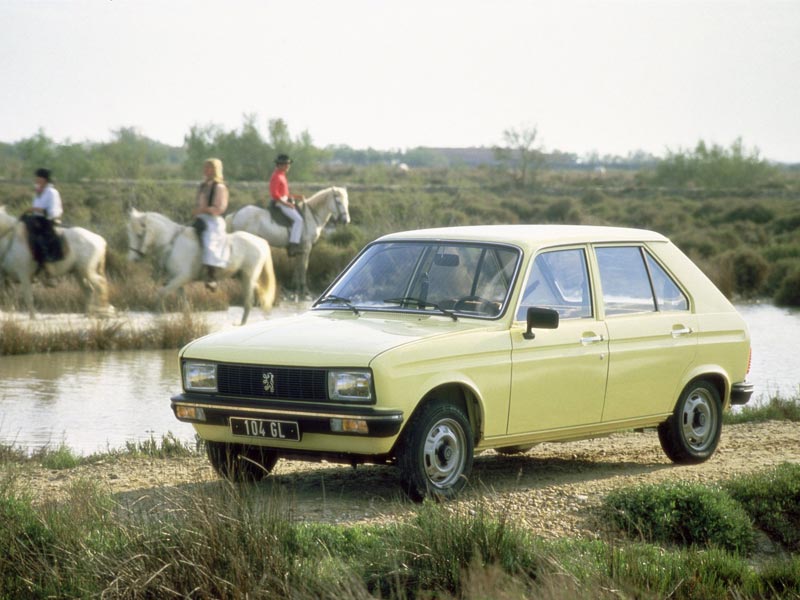
Introduced at the 1972 Paris Motor Show, the little 104 shared much in common with 204 and 304, not least the fact that it was penned by Pininfarina.
As the number of survivors suggests, the Peugeot 104 is now all but extinct in Britain. Shame, because it was a pioneer for the modern five-door supermini.
Joint 7th - Talbot Solara
Number left: 15
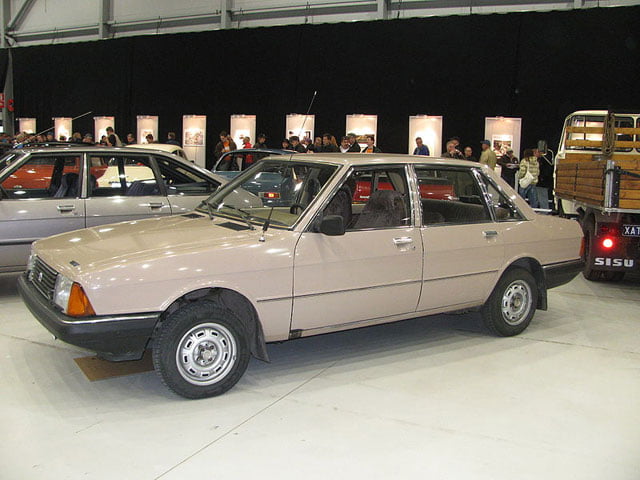
Unsurprisingly, the saloon version of the Talbot Alpine has fared much worse than its hatchback counterpart, not least because the Solara sold in fewer numbers.
Generally uninspiring, but it did sound like the name of an ice lolly.
6th - Simca 1300/1500
Number left: 12
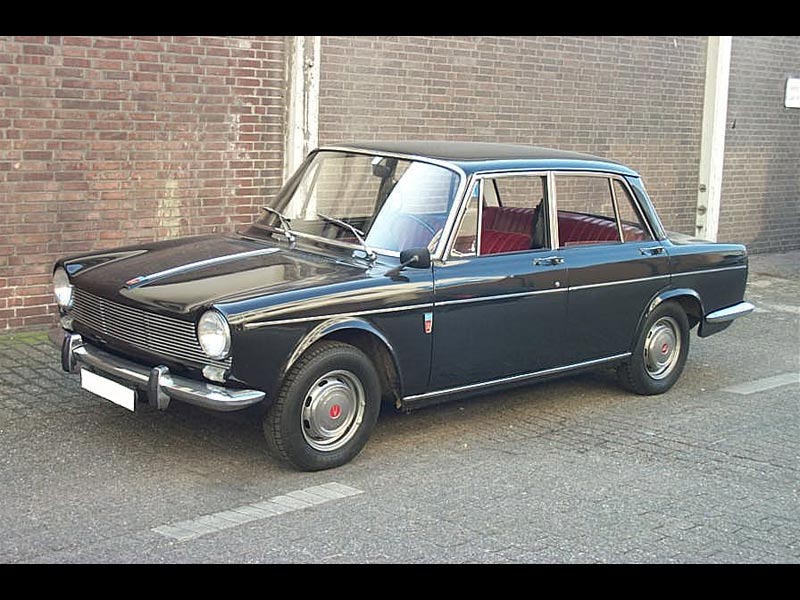
The last Simca on the list, which is kind of fitting, given that this was the last independently-designed Simca ever made.
A pretty car, rather reminiscent of the Ford Cortina.
5th - Peugeot 204
Number left: 9
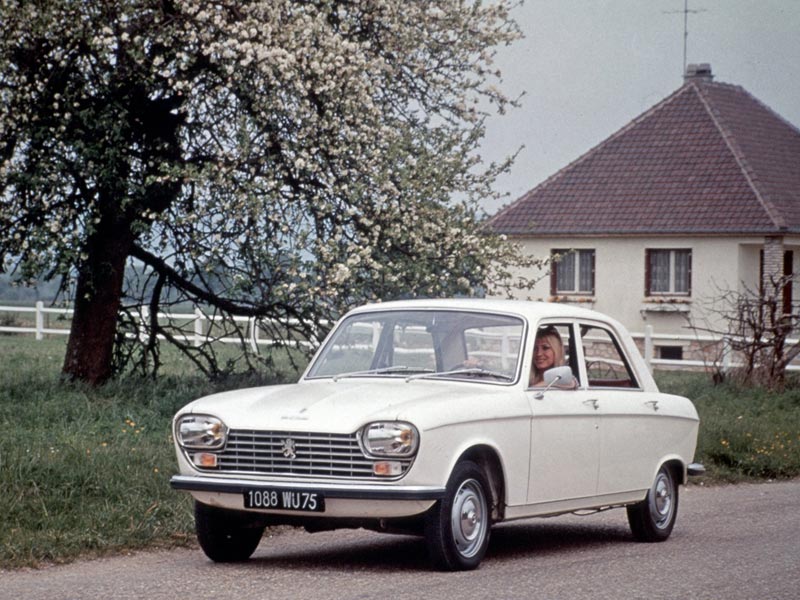
We're down to single figures now, with only nine Peugeot 204s enjoying active service on the roads of Britain.
It's notable for being the first front-wheel drive Peugeot, a radical departure for the firm at the time. It represented a huge investment for Peugeot, and all us Brits can do is let it die a slow and painful death. Shame on you.
Joint 3rd - Renault 14
Number left: 8
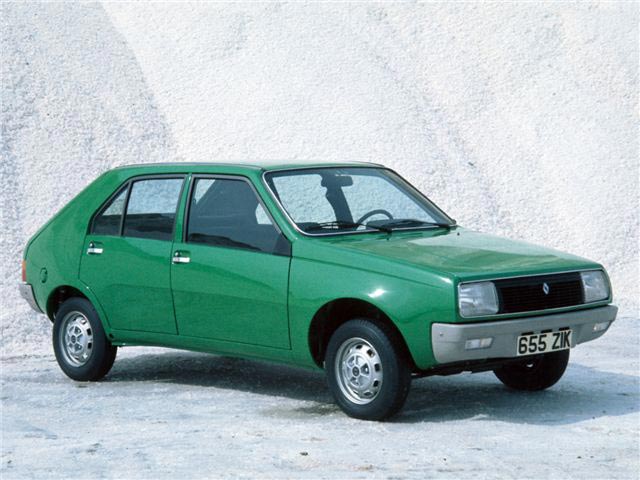
And so we reach the top three, or rather - top four - as there's a tie for the third spot. Kicking off with the Renault 14 - or 'The Pear' - as Renault decided to market the car as. No, really - it did.
Does anyone really love it outside of PetrolBlog circles? We do, but is that enough to save it from spiralling into oblivion?
Joint 3rd - Citroën LNA
Number left: 8
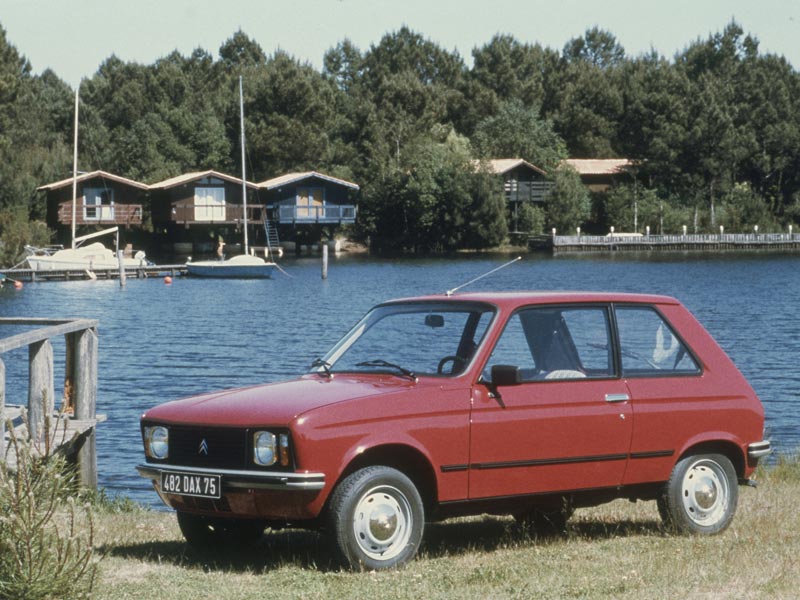
We have to ask - just where did all the Citroën LNAs go? It doesn't take a Citroën nut to work out that it was simply a reworked Peugeot 104, but that's not a reason to let it die.
Besides, can we let the Samba and 104 outlive the Citroën?
2nd - Matra Bagheera
Number left: 6
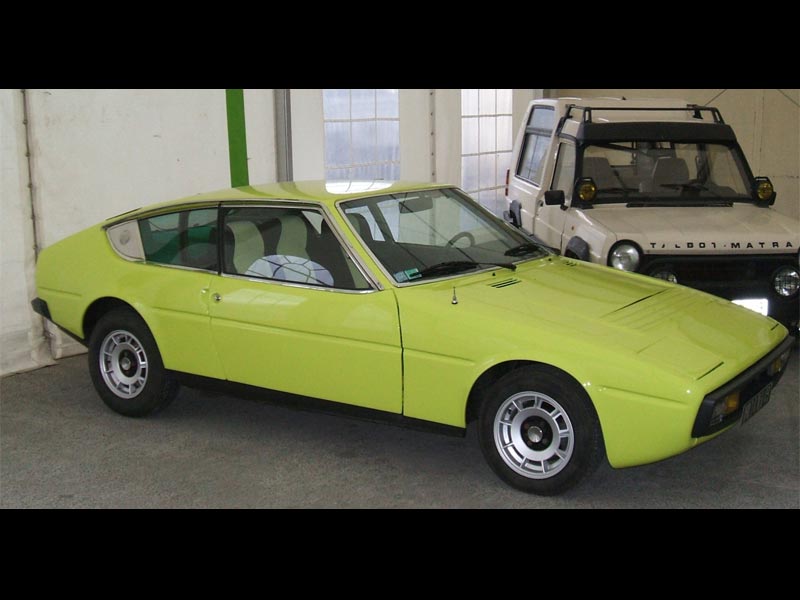
Maybe it's unsurprising to find a pair of Matras languishing at the top - or should that be, bottom - of the list. The innovative three-seater wasn't sold in huge numbers over here, but it has aged as well as any of its contemporary rivals.
Its humble Simca underpinnings do not dampen our enthusiasm for this piece of French brilliance. But with just half a dozen left on the road, we'd need to act fast if we want one.
1st - Talbot-Matra / Matra-Simca Rancho
Number left: 4
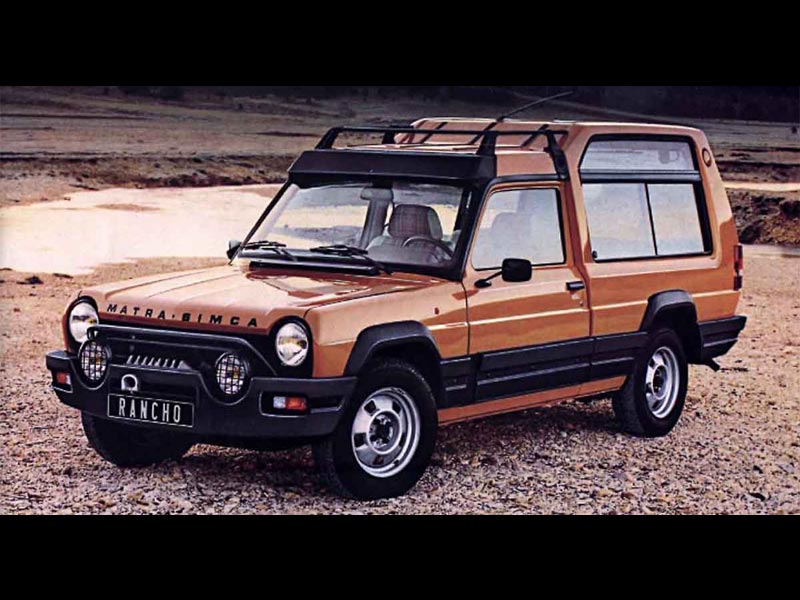
And so we reach the end. It had to be really, didn't it? The classic, the iconic, the much-loved (if much-derided) Talbot Matra (or Matra-Simca) Rancho. The legend of PetrolBlog.
Way ahead of its time when launched in 1977, the Rancho paved the way for our modern obsession with the soft-roader. Style over substance it may have been, but Matra - once again - proved it knew a thing of two about car design. Its next project was the MK1 Renault Espace. And the rest - as they say - is history.
If you can provide more accurate data on these wonderful survivors, please get in touch.
All images © respective manufacturers, except Renault 10 © Charles01, Matra Bagheera © Scooper, Simca 1000 & 1500 © Garage de L'est, Avenger © Akinom.





